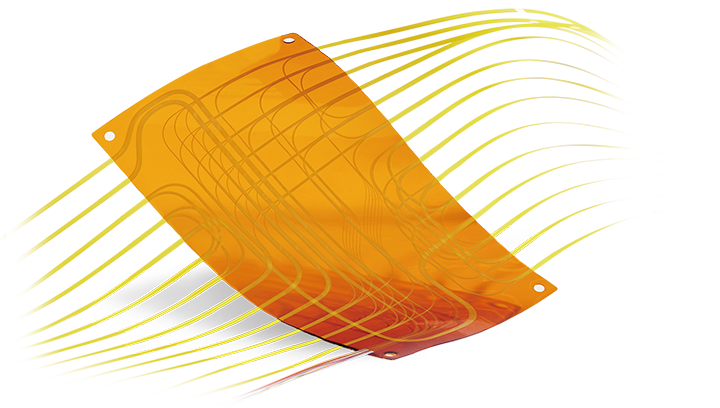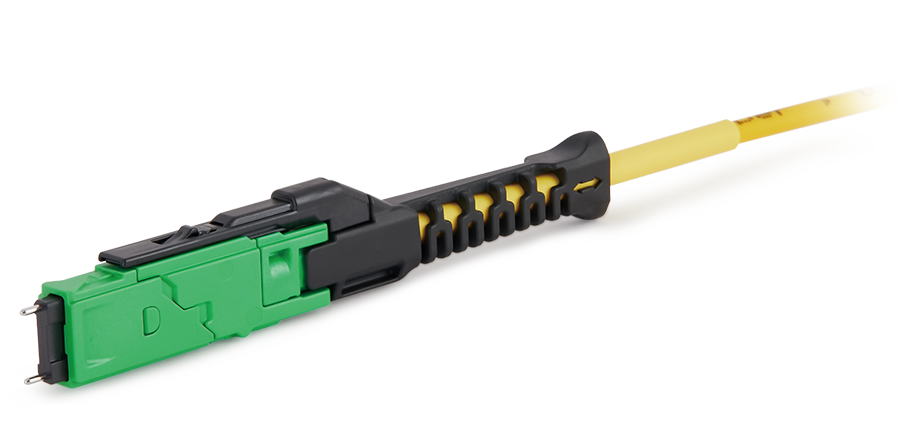WDM refers to a technology that enables the transmission of multiple optical signals through a single optical fiber by assigning each signal a unique wavelength (or frequency). This allows simultaneous transmission of several data streams without mutual interference, significantly improving the bandwidth utilization of optical fibers. As a result, WDM fiber technology plays a vital role in meeting the ever-increasing demands for high-capacity data communication.
Types of WDM Fiber
WDM fiber can be classified into two main types based on the spacing between wavelengths: Dense Wavelength Division Multiplexing (DWDM) and Coarse Wavelength Division Multiplexing (CWDM).
DWDM uses very narrow wavelength spacing, typically around 0.8 nm or less. This enables a single fiber to carry dozens or even hundreds of wavelengths, making DWDM ideal for high-capacity, long-distance transmission applications.
CWDM, on the other hand, uses wider wavelength spacing, typically around 20 nm. Although it supports fewer wavelengths than DWDM, CWDM is more cost-effective and is well suited for short- to medium-range transmissions such as metro and access networks.
Evolution and Applications of WDM Fiber
WDM fiber technology has undergone significant development—from early systems supporting only two wavelengths to modern DWDM systems capable of handling more than a hundred. Advancements in fiber optic components, laser technologies, and optical filtering have greatly improved the performance, capacity, and reliability of WDM systems.When combined with optical amplifiers, such as Erbium-Doped Fiber Amplifiers (EDFAs), WDM systems enable long-distance transmission without electrical signal regeneration. This has made WDM an essential technology in the design of large-scale and efficient communication networks.
Today, WDM fiber is widely applied across various levels of the telecommunications infrastructure. In long-haul backbone networks, DWDM provides ultra-high bandwidth for large-scale data transmission. In metro networks, CWDM offers a cost-effective and flexible solution. In access networks, both DWDM and CWDM are used to expand capacity and support scalable broadband services.

 Fiber Optic Flex Circuit (FOFC)
Advanced Simulation & Optimization, High Positioning Accuracy, Flexible Customization, Rigorous Reliability Testing
Fiber Optic Flex Circuit (FOFC)
Advanced Simulation & Optimization, High Positioning Accuracy, Flexible Customization, Rigorous Reliability Testing MDC Solution
US Conec's MDC connector is a Very Small Form Factor (VSFF) duplex optical connector, expertly designed for terminating single-mode and multimode fiber cables with diameters up to 2.0mm.
MDC Solution
US Conec's MDC connector is a Very Small Form Factor (VSFF) duplex optical connector, expertly designed for terminating single-mode and multimode fiber cables with diameters up to 2.0mm. MMC Solution
US Conec's Very Small Form Factor (VSFF) multi-fiber optical connector that redefines high-density connectivity with its cutting-edge TMT ferrule technology and intuitive Direct-Conec™ push-pull boot design.
MMC Solution
US Conec's Very Small Form Factor (VSFF) multi-fiber optical connector that redefines high-density connectivity with its cutting-edge TMT ferrule technology and intuitive Direct-Conec™ push-pull boot design. EN
EN
 jp
jp  fr
fr  es
es  it
it  ru
ru  pt
pt  ar
ar  el
el  nl
nl 



_and_High-Reflection_(HR)_Optical_Coatings.webp)
